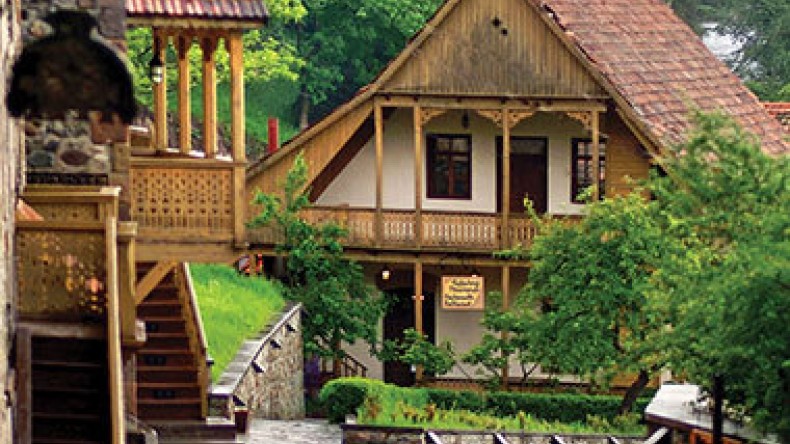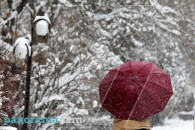
Travel Weekly: Armenia breaking stereotypes – rich cultural heritage, prosperity, safety and fun-loving people await tourists
Although small in size, Armenia boasts a big reputation: In 301, it was the first nation to adopt Christianity as a state religion, and many of its hundreds of churches and monasteries date back more than 1,000 years. Commonly built in high, breathtaking locations where they were less vulnerable to attacks, they stand as visual reminders of the nation's religious heritage, Patricia Schultz – author of travel guides – writes for Travel Weekly.
“Don't even try to decipher Armenia's unique Indo-European language, spoken only by its 3 million inhabitants and some of the vast diaspora of 7 million (or more) scattered across the globe. Its spikey and impenetrable alphabet was introduced in the 5th century to translate the Bible. Both religion and language are twin pillars of Armenia's national identity,” Schultz notes.
Looming large in the nation's present is its tragic past, the inescapable account of the 1915 genocide when 1.5 million Armenians died at the hands of the Ottoman government. The hilltop genocide memorial with sweeping views of the million-strong city pays silent tribute to a people and religion that have survived the millennia, Schultz writes.
“Yerevan was not what I expected. In contrast to predeparture research about historic massacres, a struggling economy and high unemployment rates, the impression awaiting travelers today is one of a modernizing capital and country of spectacular beauty, a helpful, friendly and fun-loving people and warm hospitality,” the author points.
Shultz writes about how she enjoyed the Armenian cuisine with delicious dishes of fresh vegetables, a variety of yogurts and salty cheeses, grape-leaf dolma and barbecue (pork is a favorite) with frequent toasts made with local organic wines. Armenian brandy, loved by Churchill, boasts a potency barely masked with the flavors of pomegranate, apricot or cherry.
Schultz notes that nighttime in Yerevan is lively, and the entire world takes to the streets and fills the outdoor cafes and shaded squares. Young families with gelato-eating children join strolling couples and small groups of bar-hopping friends. Everyone winds up at the colored Bellagio-like dancing fountains in Republic Square that infuse the city with a holiday air. Schultz highlights that the city (and beyond) felt very safe.
To Schultz, one-of-a-kind highlights were the Etchmiadzin Cathedral, the first built in Armenia and the oldest in the world. Begun in the 4th century, it is the headquarters of the Armenian Church. She also saw Geghard Monastery, a remarkable complex of three interconnected cave churches, also begun in the 4th century. In that same period, St. Gregory the Illuminator, responsible for bringing Christianity to Armenia, was imprisoned in a dank well for 13 years, and Khor Virap monastery was built on that spot, against a breathtaking backdrop of the snow-capped Mount Ararat.
That mountain, which dominates the skyline of Yerevan, serves as a potent national symbol of Armenia. It lies just 28 miles away in what is now Turkey. Called Mount Masis in the Book of Genesis, it is the alleged resting place of Noah's ark, and Armenians pride themselves on tracing their lineage back to that moment, the author writes.
Armenia has a surprisingly good road system, and exploring small agricultural towns and remote corners appeared to be safe for solo travelers. The author explored more monasteries and churches, visited Silk Road caravanserais and ancient cemeteries, had lunch at a small restaurant whose owner regularly wins national barbecue contests, and tasted wine and brandy, all amid pristine forested mountains, rocky gorges and rushing rivers.
Schultz also had a visit to the lovely Lake Sevan, one of the largest and highest freshwater lakes in the world, and an idyllic overnight stay in the nearby mountain town of Dilijan, before leaving Armenia.
Related:
The Daily Beast: Every schoolboy in NKR knows that after graduation he will go to defend his state
British Journal: Nagorno Karabakh populated with Armenians could become the new wonder of world
Newsfeed
Videos






























